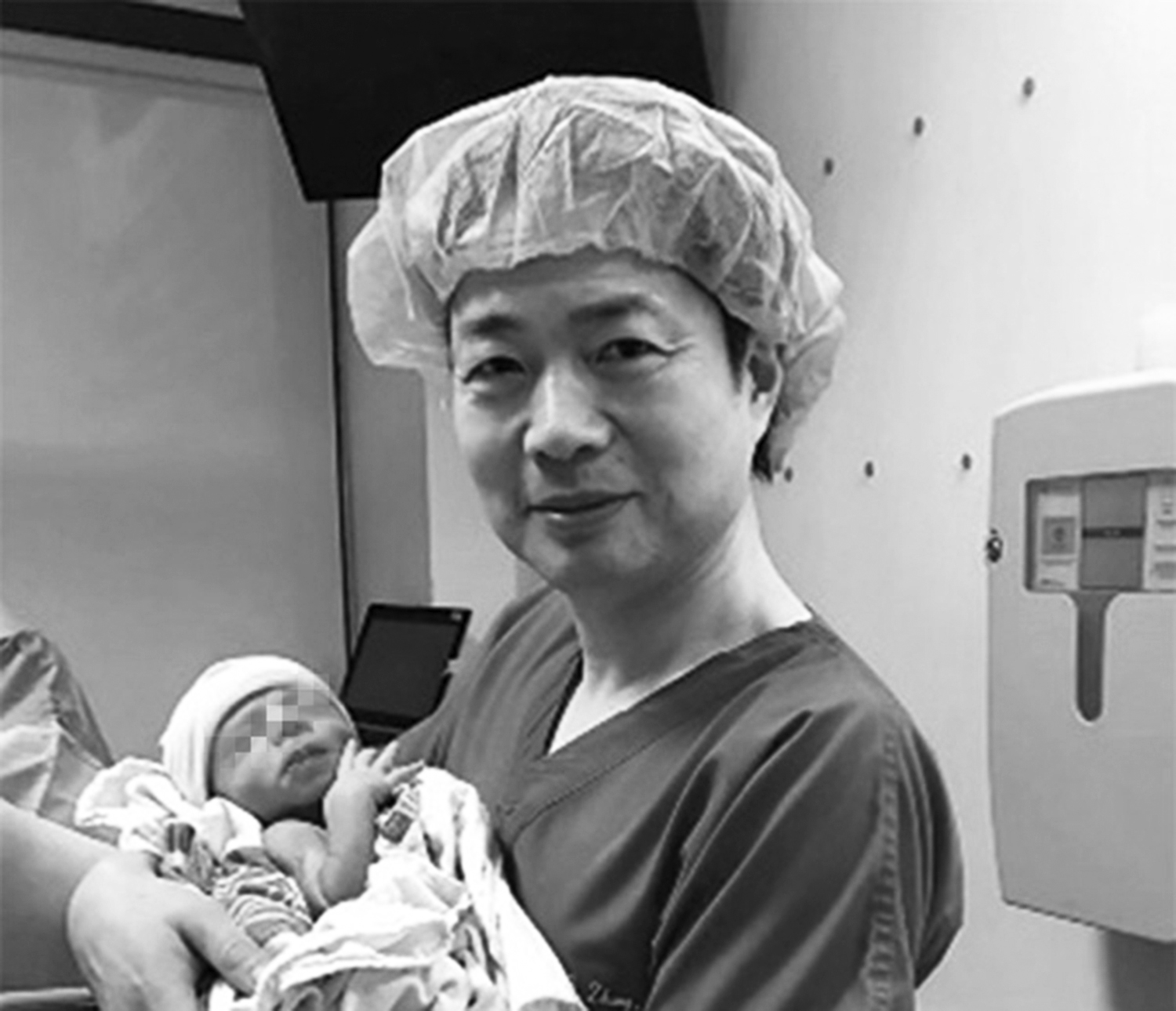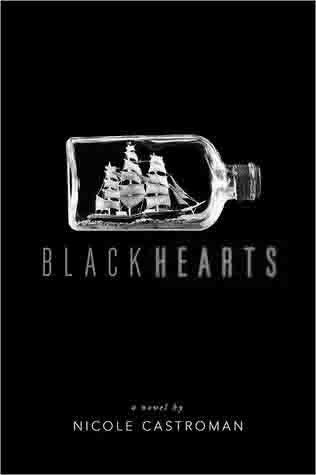By Kaylee Messina
Contributing Writer
“It’s a boy!” For the first time in history, mitochondrial DNA transfer resulted in the live birth of a health child. The goal of this procedure is to prevent mitochondrial disease; a mutation in a child’s mitochondria that causes life-threatening illnesses.
This controversial process, banned in the U.S., consists of using genetic material from both a donor and each member of the couple trying to conceive. In this technique, the nuclear DNA is removed from the healthy donor’s egg cell, and then the DNA from the egg of the mother is moved and placed in the egg of a healthy donor, who does not possess mutated mitochondria. Then the egg in the healthy donor, which has the mother’s DNA and the healthy mitochondria, is able to be fertilized by the biological father.
Although mitochondria are separate from the DNA and do not determine traits, a mutation in these organelles can mean horrifying things for the child affected. Mutated mitochondria can result in many diseases of the nerves, brain, heart, liver, and many other vital organs. Due to these horrible symptoms, mitochondrial disease often kills the child within the first few years of life.
The couple that took part in this medical revolution had previously suffered four miscarriages and lost two children post-birth to mitochondrial disease. After refusing the mitochondrial DNA transfer procedure years before, and losing their second child, they were willing to do anything to prevent their next child from suffering in the same way. They went to Dr. John Zhang who was a student of Dr. James Grifo. Grifo was the scientist who began the revolutionary research years earlier testing with mice, before it was banned in the United States. Dr. Zhang was a promising student, and had extensive knowledge in the field of mitochondrial DNA transfer.

Dr. Zhang referred the couple to the New Hope Fertility Center in Mexico, where mitochondrial DNA transfer is legal. Excited and hopeful at the idea of having a healthy baby, the couple, originally from Jordan, traveled overseas to Mexico to undergo the procedure. Once the procedure was done, the couple traveled back home and nine months later gave birth to a healthy baby boy in New York City.
The child is currently five months old, healthy, developing normally, and possesses normal mitochondria. The birth of the healthy child on April 6, 2016, was first reported in the “New Scientist Magazine.” Although this procedure is still banned in the U.S., scientists are hopeful that this success story will change the way people view this approach to mitochondrial transfer.
Although there is great excitement in the medical world about this news, there is also resentment because the success is long overdue. “This could have happened in 2002”, says Dr. Grifo. Scientists had the means to pioneer this experiment long before the birth of this child; however, stiff opposition from the government has led to little progress in this field.
Despite opposition in the past, there is no question that the success of this procedure means great things for the medical world. Mitochondrial DNA transfer on humans is a huge step in reproductive medicine, and if the United States revokes its ban, many lives could be saved. This is a massive step for this new family and an even larger step for the scientific community, as well as families going through similar tragedies. This is one of the first, but certainly not last, steps for mitochondrial DNA transfer.


















